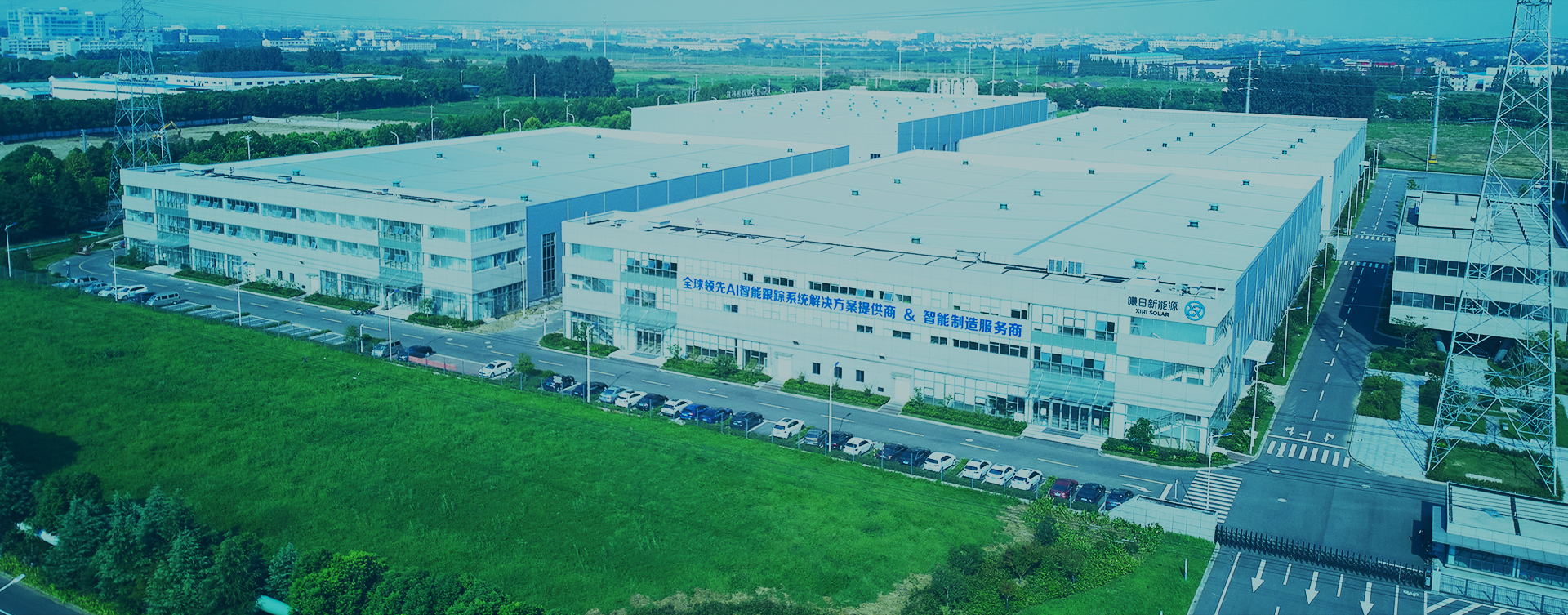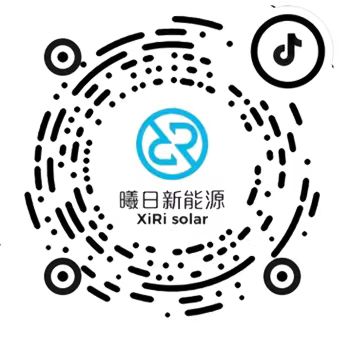Since 2021, flexible brackets have gradually appeared in the bidding and procurement of owners. Central enterprises such as Datang, Huadian Technology and Industry, China Electric Power Construction, Guodian Nanzi, and State Power Investment have successively tendered about 1GW of flexible brackets. In last year's Huaneng 550MW photovoltaic EPC bidding, the lowest total package price since 2021 was almost quoted. According to insiders, one of the reasons is that a certain section of the project uses flexible brackets. In complex terrain power plants, the construction cost of flexible brackets is much lower than that of conventional brackets.
In fact,Flexible bracketNot a new technology, it has been applied in previous leader projects. With the advancement of technology in recent years and the wider development scenarios of photovoltaic projects, flexible brackets have begun to play their unique economic and technological advantages in terms of cost and environmental adaptability, gradually gaining popularity among homeowners.
Due to its unique structure, flexible brackets have a wide range of application scenarios, such as sewage treatment plants, complementary agricultural and fishery lighting, mountain photovoltaics, and parking lot photovoltaics.
In terms of structure, flexible supports can generally be divided into several types: single-layer suspension system, prestressed double-layer cable system (load-bearing cable+stabilizing cable), prestressed cable network, hybrid system, tension string (beam, truss)+cable arch, chord supported dome, lateral reinforcement+and other structures. The structure type of large-span prestressed suspension flexible support includes key parts such as load-bearing, component cables, cable truss support rods, pile columns, edge anchor systems, steel beams, and cable truss support rods.
groupThe inclination angle of a component is formed by two components, which can be adjusted between 10 and 20 degrees. There is no sag or azimuth angle for the components, and they can be arranged completely due south. It is a concept of a through cable; Underneath the component are load-bearing cables, which bear most of the upward arch forces and wind loads. These three cables form a double-layer cable structure; Then, through the support rods between the cable trusses, a three-dimensional cable network structure is formed in front, back, left, and right directions,This structure is not the most complex or flashy, but it is the best way to combine cost and multiple application scenarios. A single layer cable structure that is cheaper than it is difficult to achieve large spans, while a structure with a long suspended beam can achieve larger spans, but the cost is higher. Overall, this type of structure is the most suitable for promotion.
SectionThe first generation of flexible brackets solved the problems of large span and high clearance, but due to the use of steel wire ropes as component support, the components twisted and collided under strong winds, causing hidden cracks in photovoltaic modules. Through improvement, a double-layer prestressed cable structure was adopted to support photovoltaic modules and row to row connecting rods were added, solving the problem of hidden cracks easily caused by the first generation of flexible supports. The second iteration uses high-strength and low relaxation prestressed galvanized steel strands as the support for photovoltaic modules, which not only solves the problem of cracking, but also further simplifies the support structure and reduces costs.
The flexible support has been validated to a certain extent in terms of its practical application effect, whether it is the improvement of power generation or the stability and safety of the system.
In terms of cost, the economy of flexible supports has not been optimized to the maximum extent, slightly higher than fixed supports. However, as the number of continuous spans in the east-west direction increases, the cost of single tile flexible supports further decreases, making them more suitable for sites with a flat shape,In terms of actual construction costs, flexible supports have certain advantages.
Flexible supports are undoubtedly becoming a focus of research and adoption by current power plant owners, especially with the reduction of land resources suitable for ordinary photovoltaic projects in China and the high land costs, power plant owners have begun to overcome the complex mountainous photovoltaic environment, which has brought about the spring of flexible supports.



